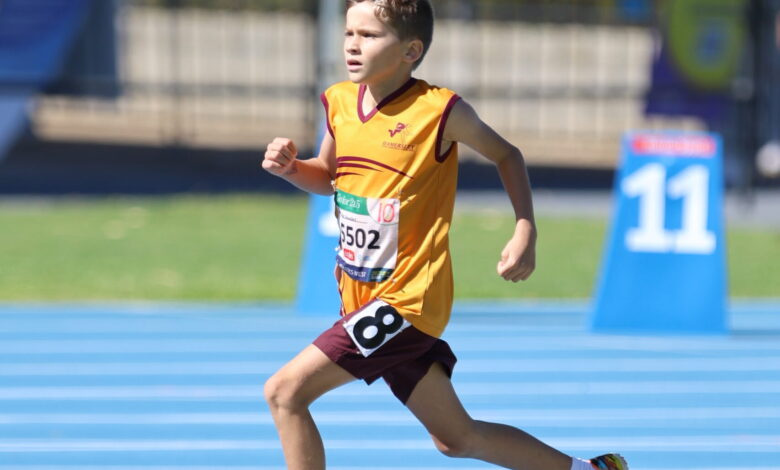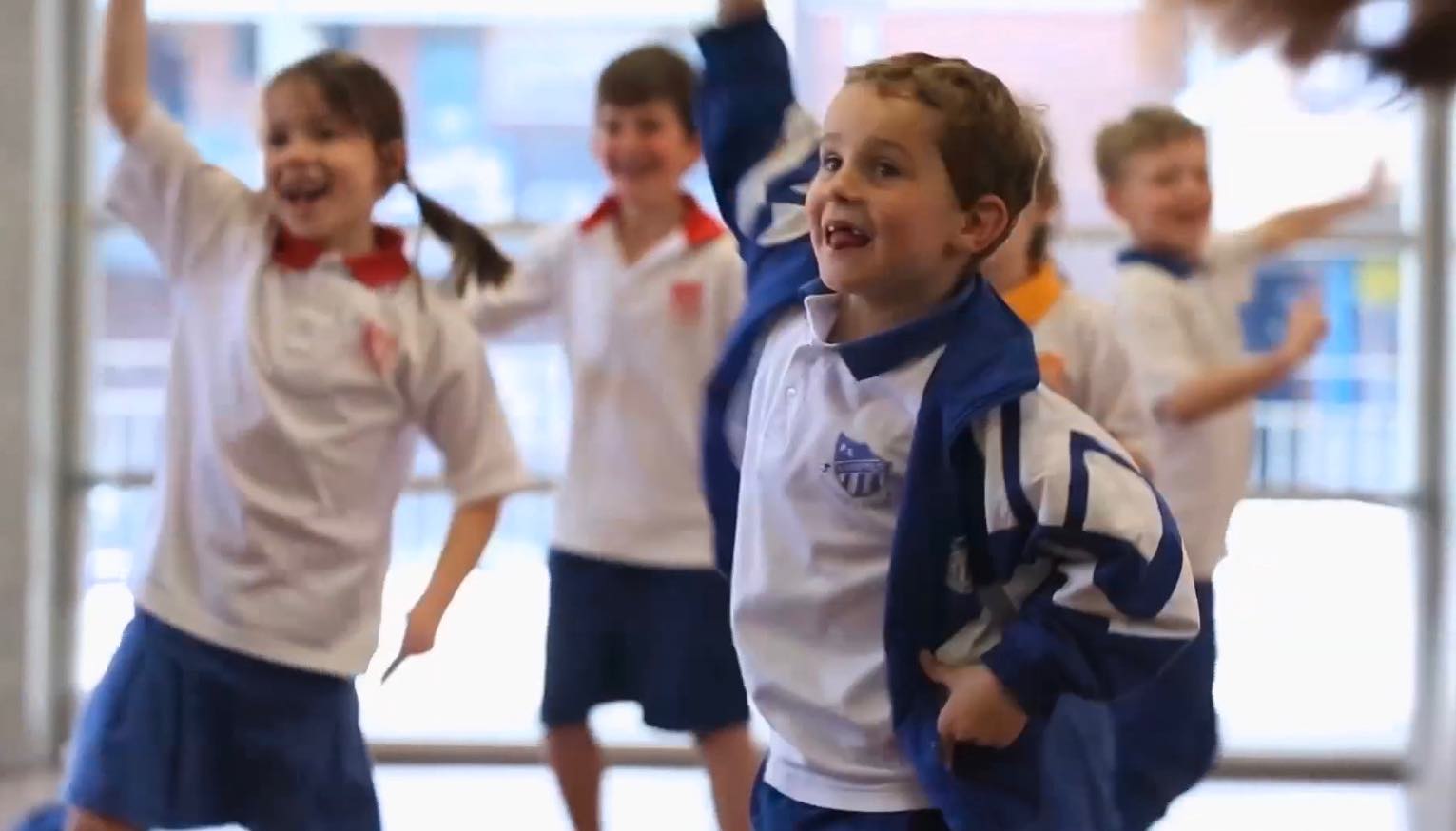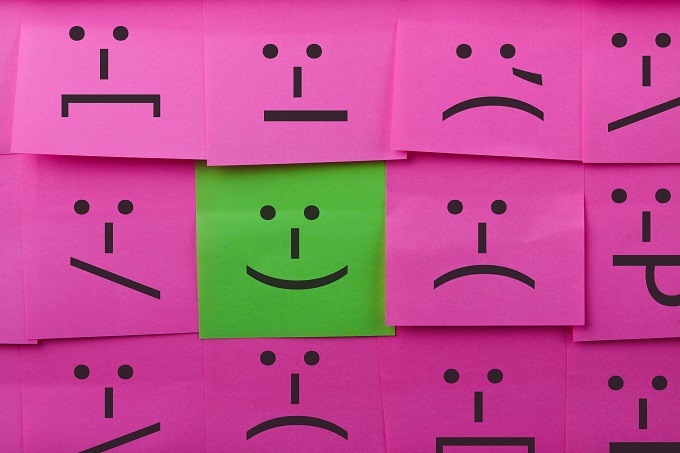Tackling anxiety in autism: What educators need to know
Small actions and simple adjustments can lead to big changes in the classroom.

Anxiety is one of the most common and complex challenges faced by autistic children — and schools are often on the front line. Understanding how anxiety presents in autistic students and what practical steps educators can take is crucial for supporting not just academic development, but also their mental health and wellbeing.
Read the latest print edition of School News HERE
Dr Gail Alvares, a senior researcher at CliniKids, leads a national research program aimed at improving the mental health outcomes of autistic children and their families. Through this work, she’s seen firsthand how anxiety can affect children in the classroom and how educators can make a real difference.
What is the CUES program?
The CUES (Coping with Uncertainty in Everyday Situations) program is an evidence-based intervention for anxiety in autistic children. Originally developed in the UK by Professor Jacqui Rodgers, the program was adapted in Australia by Dr Alvares and her team for preschool and early school-aged children. The adapted version, CUES-Junior, teaches parents how to identify and manage their child’s anxiety related to uncertainty.
“The program helps parents develop individualised strategies to support their child’s ability to cope and manage anxiety,” explains Dr Alvares. “After eight weeks, a third of parents reported clinically improved anxiety symptoms in their children — and that number rose to nearly two-thirds two months later.”
Why anxiety in autism is different
According to Dr Alvares, “Anxiety can be more complex for autistic children or present differently than in non-autistic children.” For example, anxiety often begins earlier, is more intense, and is far more prevalent in autistic individuals.
Another reason is that our environments are often very poorly suited for autistic people, but especially children.
“This means that sometimes the environments we expect children to be able to cope in, like busy and loud playgrounds, implicit rules and demands within classroom settings, and unpredictable changes within school, all can contribute to making some environments feel unsafe,” says Dr Alvares. “Even when everyone is trying their best to support children to feel comfortable and safe.”
Communication is another barrier. “Some children may not have the words to describe their anxiety, or they may experience physical symptoms like stomach aches or a racing heart without understanding why,” she adds.

What schools need to know
While CUES is designed for families, Dr Alvares says there are clear takeaways for schools and teachers:
“Many parents reported how much their child struggled to communicate how anxious they were feeling within schools, only expressing how they felt when they came home and could let their mask down,” she says. Some families even moved “to home-schooling, directly due to their child’s anxiety about how uncertain and unsafe school felt for them.”
The research highlights that anxiety is not just a home issue — it plays out in classrooms every day. That’s why collaboration between families and educators is key.
“Some of the biggest takeaways from this research have been how prevalent and intense anxiety concerns can be for younger autistic children, how varied these presentations are, and how widespread the impact can be for families. Many families reported to us how much their lives have been shaped by their child’s challenges with anxiety.” Dr Gail Alvares.
There are many simple and practical things educators can do to help children feel safe, supported, and more able to express how they’re feeling.
Practical strategies for the classroom
Dr Alvares recommends several specific, research-informed strategies that teachers can use to support autistic students experiencing anxiety:
Validate emotions
“It’s important to let children know it’s okay to express how they’re feeling and that they are seen and heard,” she says. “Simply showing warmth and compassion, even if we don’t understand why that particular situation or environment is hard for them, can be incredibly powerful to developing a safe and supportive relationship where children can place their trust in the adults around them.”
Increase predictability
While schools can’t eliminate uncertainty, they can reduce it. “Offer more information about upcoming changes,” Dr Alvares advises. “Letting a child know in advance who their new teacher will be, or using visual cues for excursions, can reduce anxiety.”
Collaborate with parents
Parents often know what works best. “Ask what strategies they already use and try to incorporate them — whether that’s fidget devices, downtime, or extra playtime.”
Create safe spaces and signals
“Designate a quiet corner or space a child can go to if overwhelmed,” says Dr Alvares. Some children benefit from having a safe word or non-verbal signal to indicate they’re struggling without drawing attention to themselves, she adds.
Encourage professional training
Dr Alvares adds that while the CUES program was developed for clinicians to run in a clinical setting, the strategies and tools are designed to be accessible to parents and “trained educational psychologists or school counsellors could also run these groups within school communities.” Training resources are available at: : https://clinikids.thekids.org.au/services/parent-workshops-professional-training/
Final thoughts
When it comes to supporting autistic students with anxiety, small actions can lead to big changes. “Sometimes simple adjustments can be easily incorporated into classrooms, but may not be immediately obvious,” says Dr Alvares.
“Utilising the experience of parents in understanding what their child may benefit from, and actively seeking this out from parents, will result in parents feeling less like they need to actively advocate for their child, and can work towards optimising the individual learning environments for children to thrive.” Dr Gail Alvares
For educators, this means listening, planning ahead, offering calm spaces, and above all, believing the child — even when the signs of anxiety aren’t immediately visible.







